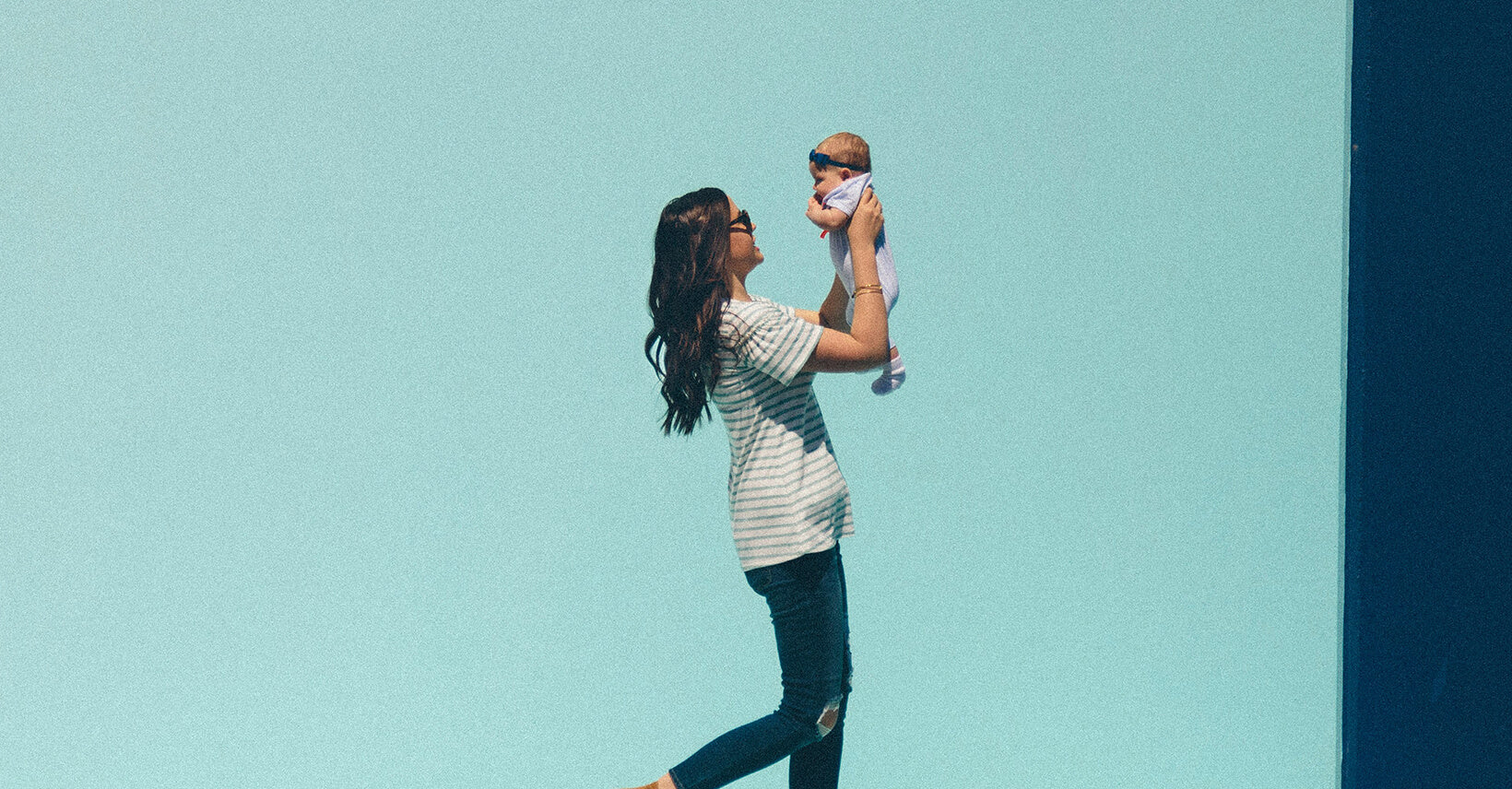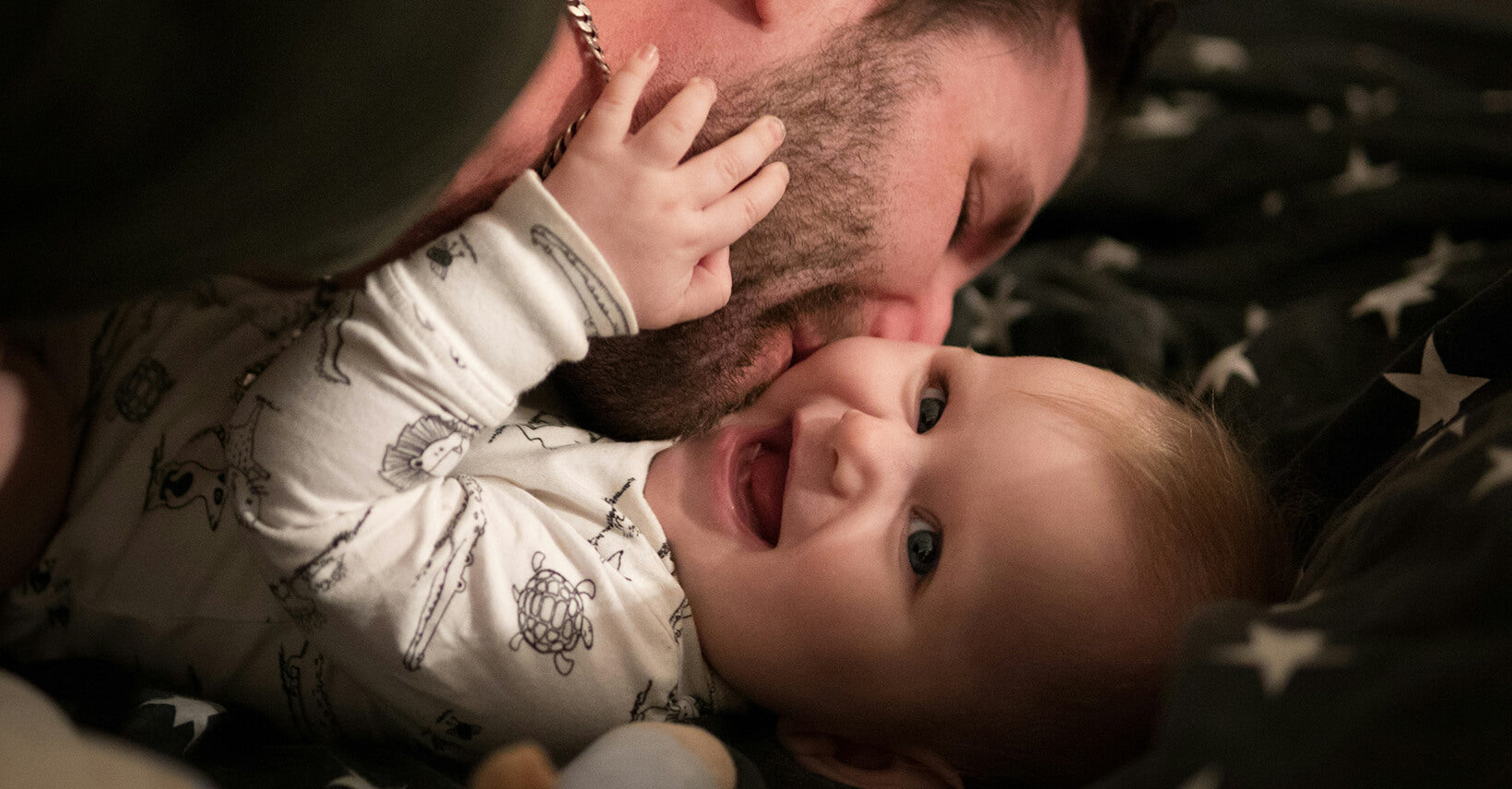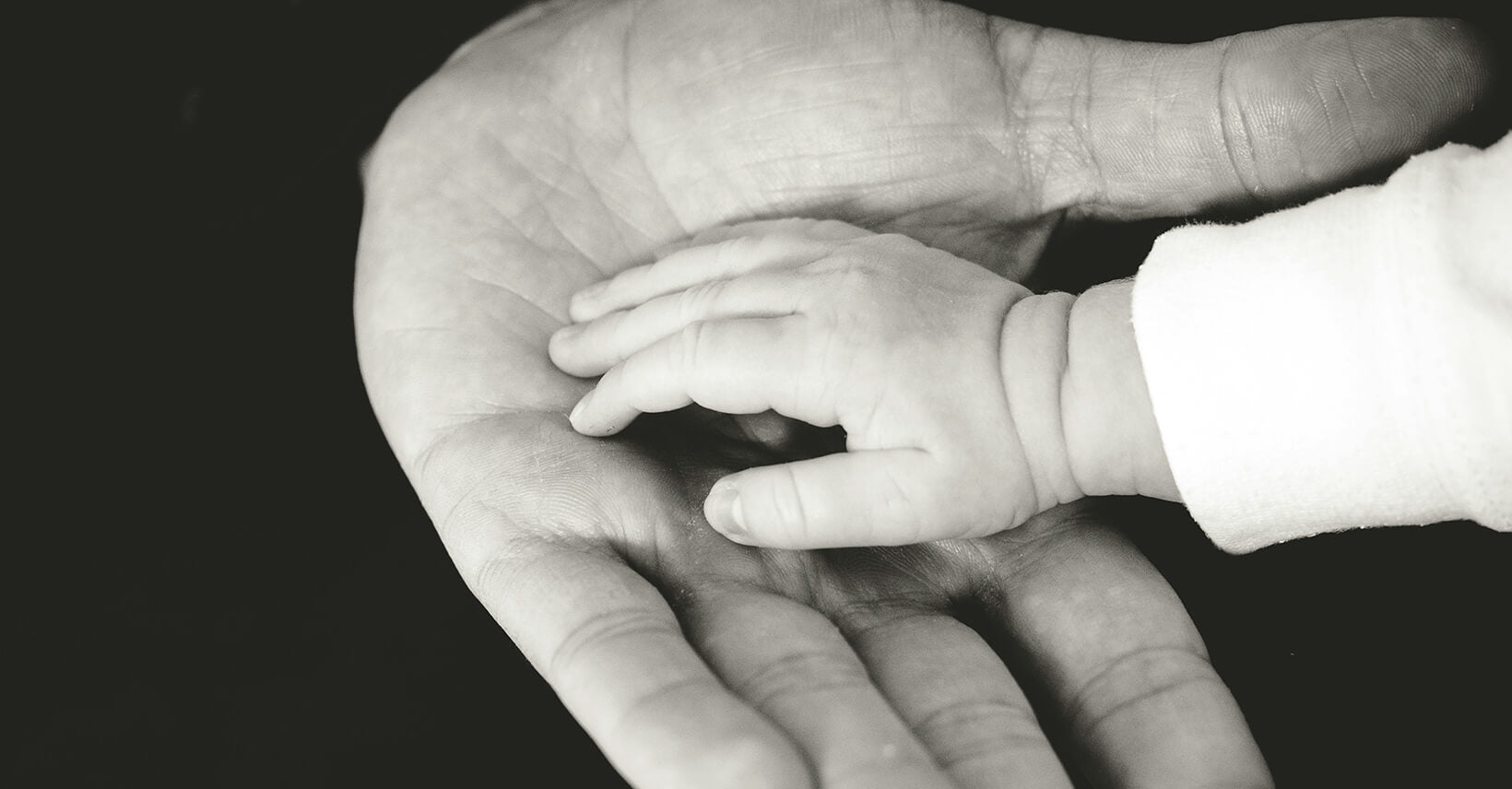
When do Babies See Color? What the Research Says
Have you ever watched your little one gaze around the room and wondered - what exactly are they seeing? As curious parents, we can't help but ask: when will those bright eyes begin to take in the vibrant colors all around? Science now gives us clues about a baby's visual journey from black and white to full-spectrum vision. But I know just as well as any parent, the research often raises more questions than it answers! So join me as we explore what studies have uncovered about the timeline of infant color perception. I'll share some of the milestones I've observed in my own little one as well. By the end, I hope we both feel a bit more informed - and still just as curious! - about the amazing development unfolding before our eyes each and every day.
When do babies start seeing color?
The development of color vision in infants is a complex process that unfolds over the first years of life. In the womb and in early infancy, a baby's visual system is not equipped to perceive color yet. Here are the key stages:
In the third trimester of pregnancy, retinal cells called cones - which are responsible for color vision - begin to develop in the fetus. However, the neural connections needed to interpret color signals are not fully formed.
At birth, infants can only distinguish between light and dark. Their vision is essentially black and white. This is because the cones are not fully mature and the optic nerve is still myelinating (insulating nerve fibers).
Around 2 months, babies begin to respond to high-contrast colors like red, yellow and blue. This is the earliest emergence of rudimentary color detection.
Between 4-6 months, infants demonstrate the ability to differentiate primary hues in controlled experiments. Their color vision is becoming fully functional.
By 7 months, babies can distinguish between a wider range of colors. However, their color preferences and ability to remember colors is still developing.
It takes until around 10-12 months for infants to achieve adult-like color constancy - the ability to recognize a color regardless of the lighting conditions.
So in summary, the first clear signs of color vision appear at around 2 months, but the full maturation of this important visual system occurs gradually in the first year of life as the brain and eyes continue to develop. You may see different milestones based on the individual infant.
Are there any specific colors that babies are more sensitive to a different age?
Yes, research has shown that babies develop the ability to distinguish some colors before others:
Red: Studies suggest newborns can detect red as early as the first few days of life. Red appears to be the easiest color for infants' immature visual systems to perceive.
Yellow: By around 2 months, babies can typically differentiate yellow from other colors like blue. Yellow may be the second color they develop sensitivity to.

Blue: Along with red and yellow, blue is one of the earliest colors infants can distinguish, usually by 2-4 months. These three primary hues are high in contrast.
Green: The ability to perceive green emerges later, around 4-6 months. Green requires the ability to distinguish slightly more subtle variations in wavelength.
Other hues: It generally takes until 6-8 months before babies can reliably tell apart colors like purple, orange, brown etc. which are composites of primary wavelengths.
Black, white, gray: Although newborns see a black and white world, they maintain some sensitivity to brightness or lightness before fully identifying colors.
Infants are tuned in first to high-contrast red, yellow and blue hues. More complex colors involving multiple wavelengths take additional months to discriminate. This progression aligns with the gradual maturation of the visual system in early life.
How long do babies see black and white?
Babies do not see exclusively in black and white for very long.
At birth, a newborn's vision is immature. Their eyes are able to detect contrast and brightness, but they cannot distinguish colors yet. So in that sense, they see a black and white world.
However, this black and white vision phase is very brief, usually only lasting for the first few weeks of life.

By around 2 months of age, babies begin to demonstrate the ability to differentiate some high-contrast colors like red, yellow and blue.
Studies show they can detect variations in wavelength to perceive these basic hues, even if color vision is still developing fully.
So most experts estimate that the true black and white vision period lasts no more than 6 weeks at most in healthy term infants.
Premature babies may see in black and white slightly longer, as their eyes are even less developed at birth. The earlier a baby is born, the longer this phase tends to last.
But in general, within the first 2 months, even very young infants begin incorporating color perception, not just contrast, into their visual experiences.
While a newborn's vision is immature, the black and white phase is transient, usually lasting 2-6 weeks as the eyes and brain rapidly mature.
When do babies see clearly in a full range of colors?
By around 4-6 months of age, most babies have developed the ability to distinguish the primary colors of red, yellow, and blue clearly.
Between 6-8 months, an infant's color vision continues to mature. They gain the capacity to differentiate more complex colors like purple, orange, brown, etc.
However, their perception of certain shades and subtle color variations is still developing during this period.
Around 10-12 months old is when babies achieve adult-like color constancy. This means they can recognize that a color remains the same under different lighting conditions.
By their first birthday, infants have essentially attained the full range of color vision abilities, including the ability to name and match basic colors.
Some refinement continues into the toddler years, such as learning color terms and associations. But the underlying visual system is complete.
Therefore, most experts agree that babies can see the full spectrum of colors clearly by 10-12 months once color constancy emerges.
Individual variations exist, but generally within their first year babies transition from blurry black-and-white vision to full-fledged color perception.
What colors can babies see at 2 months?
At around 2 months of age, babies begin to demonstrate the earliest signs of color vision, though their abilities are still developing.
Red: Studies show 2-month-olds can distinguish red from other colors like green. Red appears to be one of the easiest colors for their immature eyes to perceive.
Yellow: Babies have been observed reacting differently to yellow versus colors like blue at this young age. Yellow vision emerges along with red.
Blue: Two-month-olds can detect variations between blue and other hues such as yellow or red in controlled experiments.
Potentially green: Some research suggests babies may also be able to differentiate high-contrast green from other colors at this stage.
No other colors: Their vision is still maturing and color receptors in the eye are developing. At 2 months, babies cannot reliably distinguish any colors beyond red, yellow, and blue.
They see colors but cannot yet identify them by name. Perception is also affected by lighting and other factors.
Therefore , by 2 months the key colors babies can begin to see are red, yellow and blue. Their color vision is emerging but still very basic at this young age. More subtle hues appear later as the visual system matures.
How can I tell if my baby is seeing color?
They fixate on or look longer at brightly colored objects. Red, yellow or blue toys may catch their attention more.
Their eyes track/follow color. You can move a colored object into their field of vision and see if their eyes follow it.
They reach for colored objects. Around 4-6 months, babies will often try to grasp at colorful toys or books.
Their mood changes around color. Some babies seem calmer or more engaged when looking at certain hues.
Preference for color. By 6-8 months, babies will often show favorites, like smiling more at red than green.
Contrasting reactions. A baby may cry or turn away from some colors but be soothed by others.
Imitating color. Around 10 months, babies enjoy mimicking actions like placing blocks in a shape-sorting toy.
Pointing at color. As they learn to point between 9-12 months, colorful pictures are more likely to be indicated.
Pay attention to your baby's eye and hand movements as well as emotional responses. Note any differences in how they interact with objects of various hues. Over time, true color vision should become more apparent.
Signs of color blindness
No preference shown for brightly colored toys/objects that typically engage other babies. Lack of interest in red, green, etc.
Inability to visually distinguish colors that others can. For example, not reacting differently to red vs. green blocks in a shape sorting toy.
Frustration or lack of understanding when colors are involved in games, books, or activities that others can engage with.
Delays or difficulties learning color names or concepts as they start to talk and understand language.
Mixing up or confusing similar colors like red and green that are distinguishable to others.
Problems identifying colors in real world situations like dressing/getting dressed that rely on color vision.
A family history of color blindness, as it is genetically inherited. Certain types have a higher chance of being passed down.
Color blindness can be tested for definitively from ages 3-4 once children are able to understand and follow basic instructions for screening tests.
It's important not to diagnose based on signs alone, as some normal variability exists. But being aware of potential indicators can help identify cases that may warrant further evaluation by an eye doctor. An official diagnosis provides clarity.
Our favorites

Yujia Shi
An expert in sleep sack design, is a valued contributor to Kaiya Baby's blog. With a strong background in baby sleep bags and maternal care, she is highly regarded for her professionalism. Yujia Shi prioritizes baby comfort and safety in her designs, using high-quality materials. Her insightful articles on sleep bags have been featured in reputable publications and have gained a significant readership. Trust Yujia Shi to help you create a comfortable and safe sleep environment for your baby, backed by her proven track record in the industry.






Leave a comment
This site is protected by reCAPTCHA and the Google Privacy Policy and Terms of Service apply.